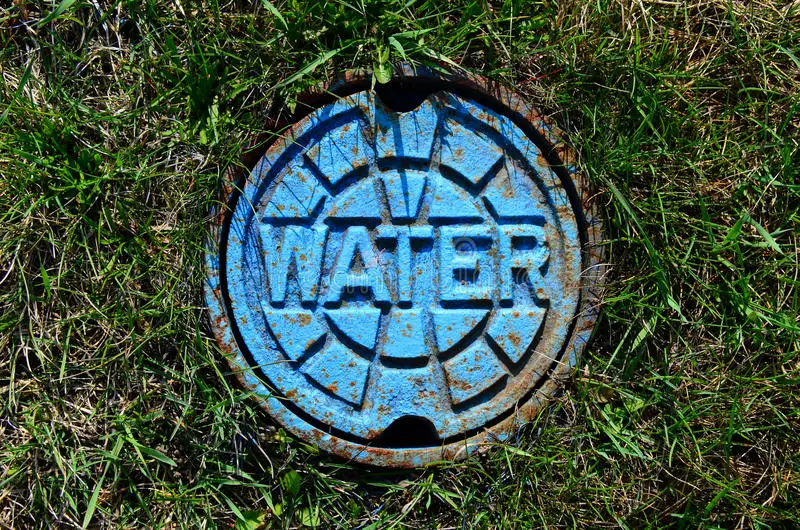There is no worse situation to be in than to cause a leak in your home; run to what you think is a working water shutoff valve in your house only to find out that it won’t stop water from coming, and now even worse, the clock is ticking. Before all this happens, locate your water shutoff, mark it on your lawn or driveway, and know how to shut it down just in case you need to. In an emergency, how do you find your outside water shut-off valve?
- Look for rectangle/round cover near the edge of property
- Often between curb & sidewalk.
- In cities, S/O valves might be in alleyways.
- Covers may be metal/plastic, marked “water meter”
- Some valves are below the frost line-3 ft deep
- In warmer regions are shallow
- Well S/O valve is usually near pressure tank
Knowing where your shut-off valve is located is the best way to help avoid extensive property damage in an emergency. While some buildings have the water meter inside the property, most modern homes have their shut-off valve outside. This way, water company employees have access from the street.
How to Shut Off Outside Water Valve
When you buy or rent a new home, it’s a good practice to familiarize yourself with water shut-offs inside and outside the home; generally, at the water meter, individual shut-offs in the laundry room, bathroom, kitchen, and anywhere water enters or is used in the house.
If you can’t locate the shut-off box, call the water company or look for the home schematics report from when you purchased your home. What I would do is after purchasing a new home, I would check with the neighbors and see where their shut-offs and sewer lines and cleanouts are in proximity to the curb street and lawn. Most likely, that is where yours are.
Use a ratchet or screwdriver to gain access. Once you have removed the cover, look inside the compartment to find the residential water supply shut-off valve, which will be the one located closest to your house. To turn off the valve, you can use a meter key or twist the valve closed with pliers or a crescent wrench. Turn the shut-off valve clockwise to stop the water flow to your home.
Afterward, mark the water turn-off and line coming in and off the property water, gas, and sewer; you should always mark the boxes or curb in the vicinity with paint and edge the grass if the valve pits are in the lawn and weed wack those areas every time you mow the grass so that they are always exposed in case you or someone else should need to turn them off.
Water Main Shut-Off Valve Types
- Look for a rectangular or round cover near the edge of your property; this type of water shut-off valve is often located between the curb and the sidewalk.
- Many city main water valves are located along the alleyway instead of along the street. The cover may be metal or plastic, and it might say “water meter” to help with identification.
- Some residences around the country have a water meter located outside in the front lawn; remove the top cover of the (meter box if located outside) to find the water shut-off valve.
- If you have a private well, there may be a shut-off valve near your pressure tank in a pit with a rectangular lid outside your backyard.
- In some situations, homes with municipal water service may have a shut-off valve on an exterior wall near the water meter.
Once you have removed the cover, look inside the water supply box to find the residential water supply shut-off valve, which will be the one located closest to your house. To turn off the valve, you can use a meter key or twist the valve closed with pliers. Turn the shut-off valve clockwise to stop the water flow from entering your home.
This video shows a water shutoff S/O valve in a pit covered with a plastic lid in the curb area. Some water lines and shutoff valves are shallow, depending on where the residents are in the country. The deeper the valve, the colder the climate is in that region of the country.
You will also notice that the water meter is also located outside in the metering box in the video, which also happens in warmer climates where the frost line is more or less not a danger to freezing water lines as it would in northern states or regions with cold winters.
Who is Responsible for Water Line from Street to House
Read another great article right here on MyWaterEarth&Sky-The older your community’s infrastructure is the more likely a homeowner will experience a major problem with a water line that is supplying treated and pressurized water from the city, …… Continue reading
JimGalloway Author/Editor

